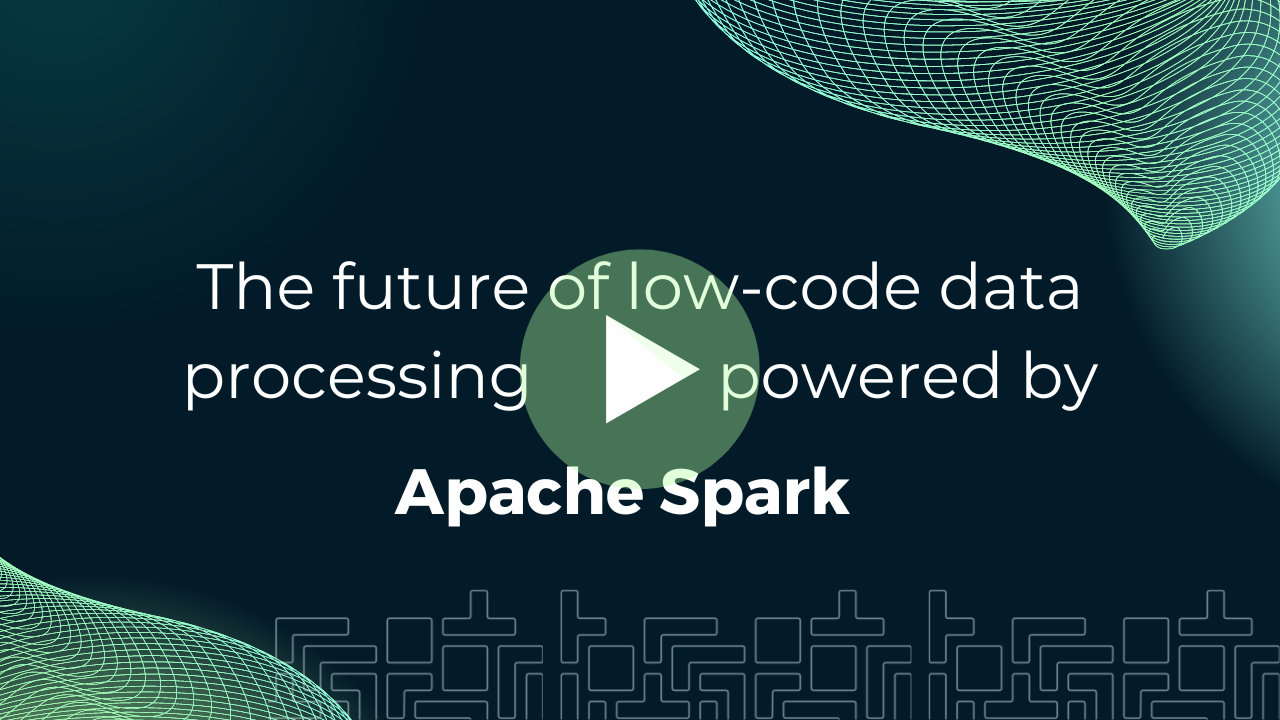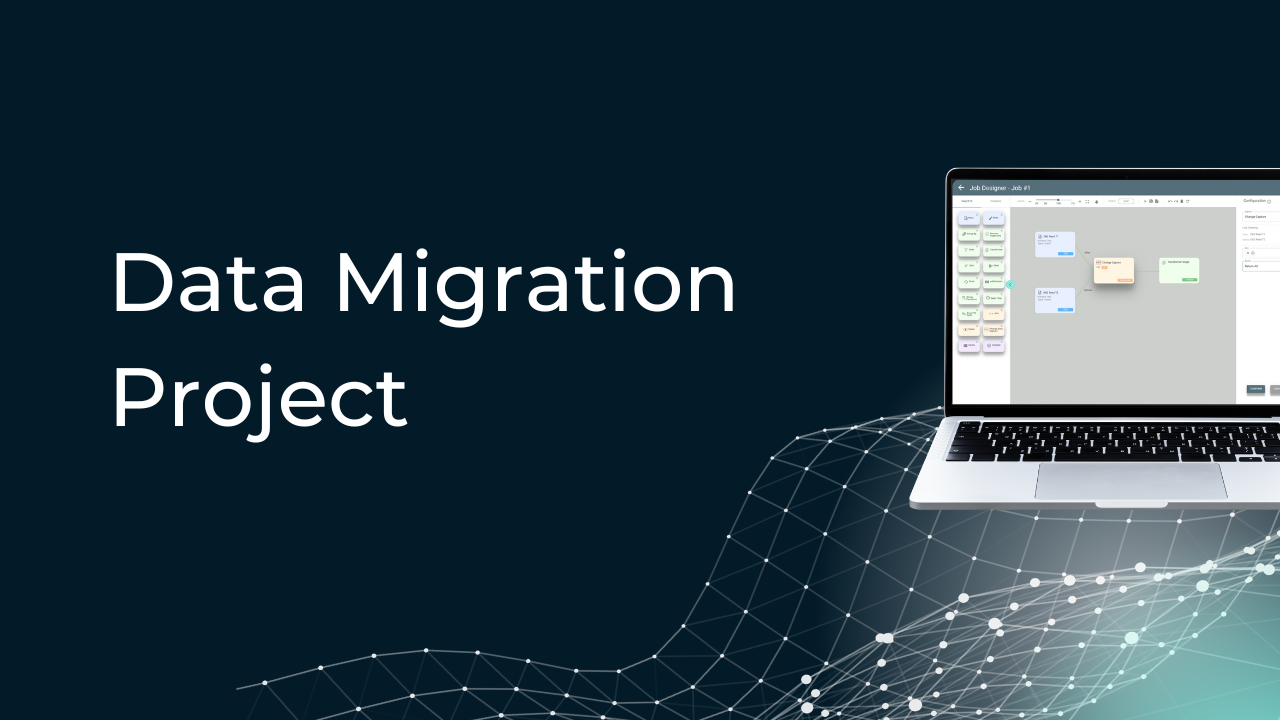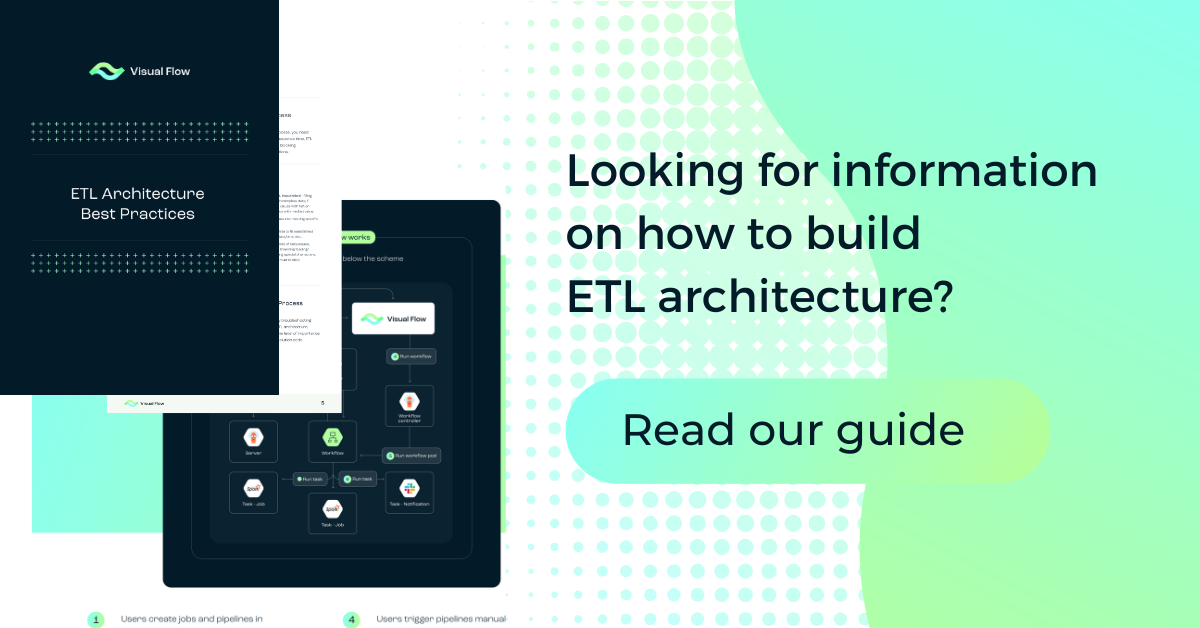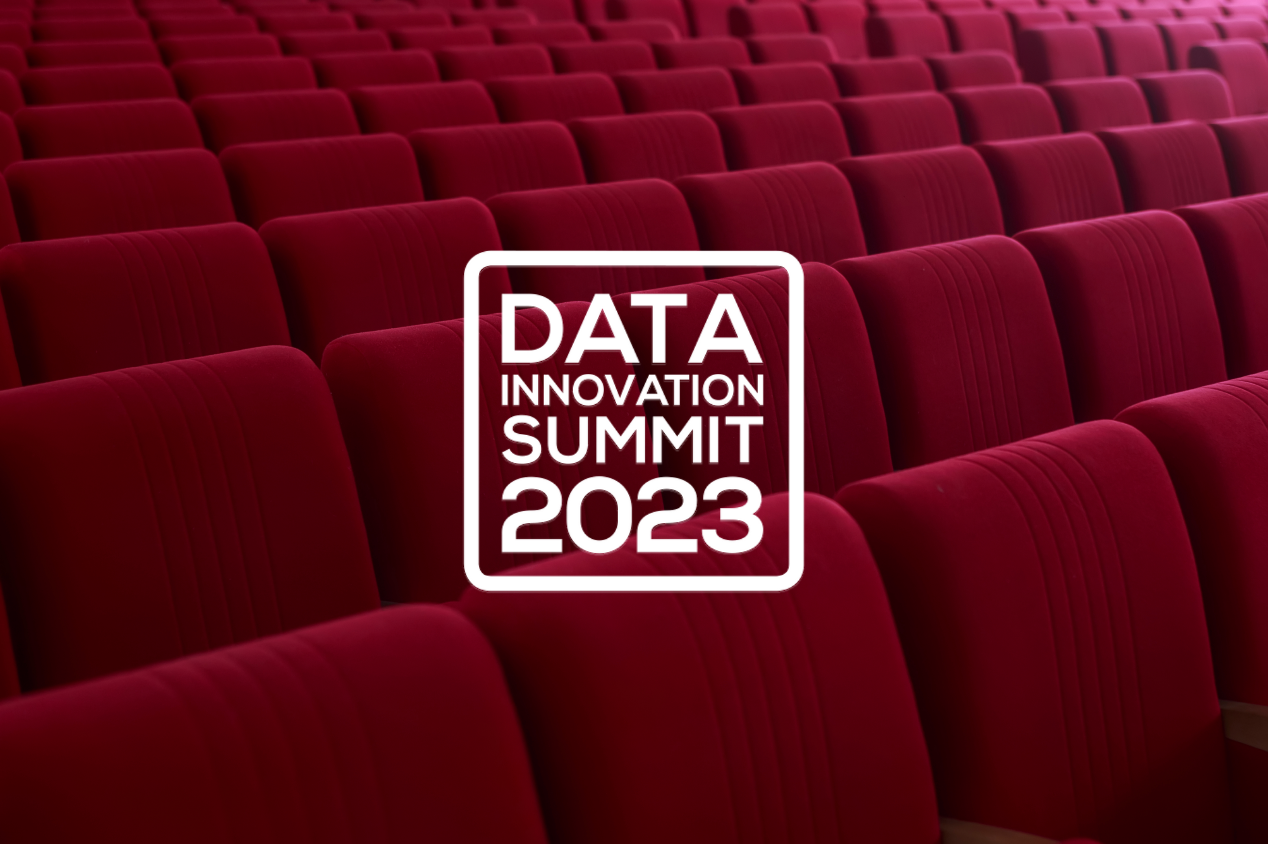
Databricks Tutorial: 7 Essential Concepts For Data Specialist
Table of Content:
Table of Content:


If you’ve ever wondered, “What is Databricks?” or sought a comprehensive Databricks overview, you’re in the right place. In this Databricks tutorial, you’ll find out seven essential concepts every data specialist should know.
Concept 1: Databricks Workspace
The first tool in our Databricks tutorial for beginners, Databricks Workspace is a unified environment where data specialists, data engineers, and data scientists can collaborate.
Key components of Databricks workspace include:
- Notebooks. These interactive documents let you write code, visualize data, and share insights — all in one place. They support multiple languages like Python, SQL, Scala, and R, and are perfect for documenting workflows and experiments.
- Dashboards. These offer a way to visualize and share insights derived from your data. You can create interactive dashboards directly from your notebooks and communicate findings with stakeholders.
- Libraries. Workspace libraries are collections of code dependencies that you can set up and manage. They ensure that all collaborators are using the same code base (this is important for consistent results and reproducibility).
- Clusters. These are groups of machines that Databricks manages on your behalf. Clusters are used to run notebooks, jobs, and other data-related tasks. They can scale up and down based on your needs.
The Databricks Workspace is built with teamwork at its core. Multiple users can work on the same notebook simultaneously. This collaborative feature is indispensable for projects that require constant communication and iteration.
Concept 2: Apache Spark Integration
Apache Spark is an open-source, distributed computing system known for its fast data processing capabilities. Databricks was actually founded by the creators of Apache Spark, so you can think of it as Spark’s playground.
The benefits of Apache Spark integration are as follows:
- Spark processes data in memory — much faster than traditional disk-based processing. This speed boost is indispensable for real-time analytics and large-scale data processing.
- Whether you’re working with gigabytes or petabytes of data, Databricks ensures optimal performance at any scale.
- Databricks makes it incredibly easy to set up, manage, and run Spark jobs.
Due to Spark’s in-memory computing capabilities, you can perform real-time data processing tasks, such as streaming analytics and real-time monitoring. This is especially important for industries that rely on up-to-the-second data insights.
Concept 3: Databricks Clusters
In simple terms, Databricks Clusters are groups of virtual machines that work together to execute your data tasks. They handle everything from data ingestion to complex machine-learning algorithms.
Clusters allow you to distribute your data and computations across multiple nodes for efficient and fast processing. They also enhance performance and scalability, and here’s how:
- Databricks Clusters scale dynamically. This means you can add or remove nodes based on your workload, ensuring you’re only using resources when you need them.
- Databricks automatically handles resource allocation. This ensures that your jobs run efficiently, with no need for constant manual tuning.
- Databricks Clusters are designed for high availability. This feature is particularly important for mission-critical applications where downtime is not an option.
Databricks use cases include managing ETL workflows, running machine learning algorithms, and real-time data processing.
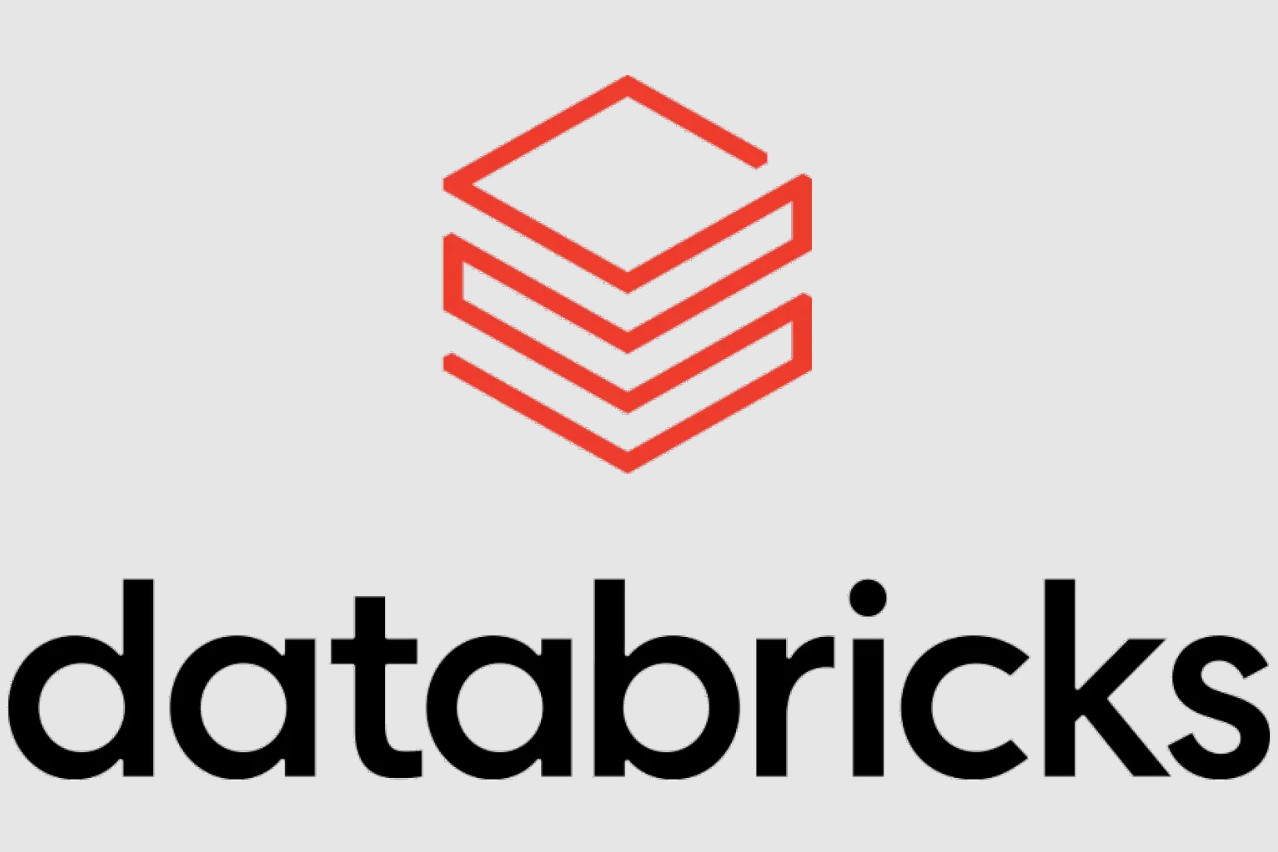
Concept 4: Databricks Notebooks
These are digital notebooks where you can write code, visualize data, and document your findings all in one place. They are interactive documents that seamlessly blend code, narrative text, visualizations, and even equations.
Key features of Databricks Notebooks include:
- Multi-language support within the same document (Python, SQL, Scala, R, etc.).
- Built-in visualization tools that allow you to create graphs, charts, and dashboards on the fly.
- Notebook Widgets that allow you to create dynamic forms and controls within your notebooks.
- Integrating with version control systems like Git to track changes, revert to previous versions, and collaborate more effectively.
Databricks Notebooks provide a unified workspace where you can combine code, data, and visualizations. This integration helps track your workflow and share your findings. The ability to collaborate in real time is another major advantage. Team members can contribute to the same notebook to make updates and provide feedback instantly.
Concept 5: Databricks Delta Lake
Another tool in our Databricks overview, Databricks Delta Lake is an open-source storage layer that brings reliability and performance to your data lakes.
The primary features of Databricks Delta Lake are:
- ACID transactions. Support for ACID (atomicity, consistency, isolation, durability) transactions ensures that all your data operations are reliable and error-free.
- Schema enforcement. You can avoid the dreaded “data swamp” scenario. Your data will adhere to a predefined schema, catching any anomalies before they wreak havoc on your data pipeline.
- Time travel. Lake enables you to access and query previous versions of your data — you can track changes, debug issues, and audit your datasets.
- Unified batch and streaming. You can handle real-time data streams and historical batch data in a single, cohesive framework.
- Scalability and performance. Delta Lake optimizes storage and query performance, so that your data operations are both fast and efficient.
Delta Lake ensures that your data is always reliable, consistent, and accurate. It also optimizes data storage and query performance through techniques like data compaction and indexing.
Concept 6: Databricks MLflow
Databricks MLflow is an open-source platform for managing the end-to-end machine learning lifecycle, from experimentation to deployment.
It boasts the following features:
- Experiment tracking. You can record parameters, metrics, artifacts, and even source code versions, to gain a comprehensive history of your model development process.
- Model registry. This feature enables you to store, annotate, and manage machine learning models in a central repository. You can track model versions, stage transitions, and deployment status, and always know which version is in production.
- Project packaging. It provides a standardized format for packaging your machine learning code, ensures reproducibility, and simplifies collaboration, allowing you to share your projects with colleagues or deploy them in different environments.
- Integration with existing tools. MLflow can work with your existing machine learning libraries and frameworks, including TensorFlow, PyTorch, Scikit-learn, or any other library.
MLflow’s experiment tracking allows you to run multiple experiments simultaneously and compare their results. According to various Databricks examples and use cases, you can identify the best-performing models quickly — and thus, accelerate your development process.
The model registry and project packaging features facilitate collaboration among team members. You can easily share models and code, track changes, and ensure everyone is on the same page.

Concept 7: Databricks SQL Analytics
Databricks SQL Analytics is a powerful tool designed for data querying and visualization within the Databricks platform.
Its primary features are:
- A unified analytics interface where you can write and execute SQL queries, create visualizations, and build dashboards.
- High-performance query engine. This engine can handle large datasets and complex queries and deliver results quickly and accurately.
- Interactive dashboards. Databricks SQL Analytics supports a variety of visualization types, allowing you to build comprehensive and dynamic dashboards that can be shared with your team.
- Collaborative workspace. Multiple users can work on the same queries and dashboards simultaneously.
Databricks SQL Analytics simplifies the process of analyzing large datasets. Users can quickly write and execute SQL queries and transform complex data into meaningful insights.
The collaborative workspace feature allows multiple team members to work together on data projects. This fosters a collaborative environment where insights can be shared, and ideas can be exchanged, leading to better outcomes.
Best Practices and Tips
In addition to our Databricks tutorial, these best practices and tips will help you make the most out of Databricks for ETL:
- Choose the right type and number of nodes, and use auto-scaling to handle varying loads efficiently.
- Use data caching to speed up repeated queries.
- Partition your data to help Databricks read only the necessary data, reducing I/O operations and speeding up query execution.
- Use efficient data formats like Parquet or Delta for storage.
- Use role-based access controls (RBAC) to define who can access, modify, or administer data and resources within Databricks.
- Ensure that your data is encrypted both at rest and in transit.
- Regularly monitor and audit data activities to detect any unusual or unauthorized actions.
- Use Databricks’ features for data lineage and governance to maintain compliance with standards like GDPR, HIPAA, and others.
- Collaborate in real-time using Databricks Notebooks.
- Use comments and annotations within notebooks to provide context and explanations.
- Implement version control for your notebooks and workflows to track changes, revert to previous versions, and maintain a history of your project’s development.
- Automate routine tasks and set up alerts to keep the team informed of important updates or issues.
Applying these tips will empower you to use the platform more effectively. But if you ever need additional assistance with all your concerns and queries about Databricks use cases, you can reach out to our professional ETL consultant. Our full-scale data migration service provides all the necessary consultancy you need to use Databricks.








Contact us
